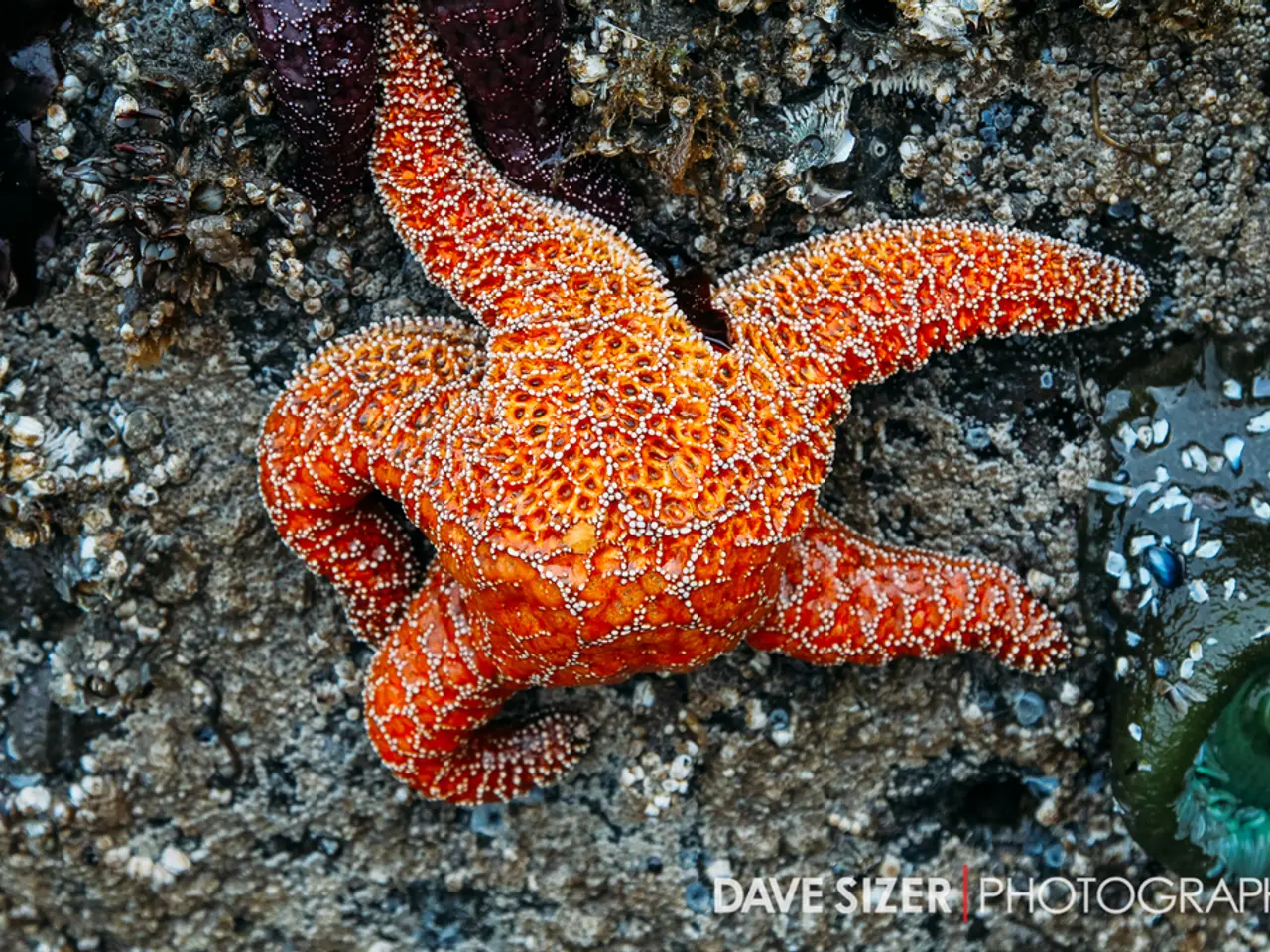Remarkable Creatures Capable of Sexual Transformation: An Exploration of 10 Amazing Species
In the fascinating world of animal reproduction, some species have developed a remarkable ability to adapt to diverse and changing environments – the process known as sequential hermaphroditism. This phenomenon involves a complete transformation of reproductive organs from one sex to another during an animal's lifetime.
Sequential hermaphroditism serves as an evolutionary adaptation, enhancing survival and reproductive success. This adaptation has independently evolved in various lineages, particularly among fishes and some invertebrates. It allows animals to adjust their reproductive roles based on factors like age, size, social status, or environmental conditions.
Environmental factors play a crucial role in triggering sex change. In species with hierarchical social structures, the absence or removal of dominant individuals of a particular sex can prompt others to change sex to fill that role, as observed in many reef fishes. Changes in sex ratios within a population may also induce sex change to optimize reproductive output.
Abiotic factors such as temperature, resource availability, and population density can influence sex determination and sex change pathways, sometimes overriding genetic sex determination mechanisms. For instance, bearded dragons exhibit temperature-dependent sex determination, where incubation temperature can override genetic sex, leading to sex reversal.
Some animals, like cephalopods (nautiloids), have genetically based sex determination systems (e.g., XX/XY systems). However, the evolutionary diversity of sex determination systems across animals indicates complex interactions between genetics, environment, and development.
Let's delve into some specific examples. Green frogs do not change sex due to pollution, even in pristine environments. Instead, they can naturally change their biological sex in response to environmental factors such as temperature shifts and population dynamics, suggesting it's an evolutionary adaptation.
Starfish, specifically the starlet cushion star (Asterina gibbosa), change sex based on their growth. Scientists can predict this change by measuring their diameter, with starfish changing from male to female when they reach a specific size, a phenomenon known as size-based sex allocation.
Pacific oysters (Magallana gigas) exhibit various reproductive strategies, including hermaphroditism. Their approach seems to be influenced by factors like food availability, crowding, and age. Younger oysters often operate as males when small and switch to females as they grow larger.
The reproductive setup of swamp eels includes an intersex phase, where both male and female reproductive tissues exist side by side during the transformation process. Swamp eels have a complex reproductive system where some individuals develop into males as they mature, and the process includes an intersex phase. Swamp eel babies start out as females, with some later developing into males as they mature.
This ability to change sex highlights nature’s flexibility in reproduction strategies to maximize fitness under varying ecological pressures. The reproductive flexibility of swamp eels allows their populations to adjust their boy-girl ratios based on environmental and social factors.
In conclusion, sequential hermaphroditism is a remarkable adaptation that allows certain species to thrive in diverse environments. It involves a complete transformation of reproductive organs, not just behaviours, and is triggered by environmental factors such as social cues, population structure, and abiotic factors like temperature. Some species have flexible sex determination systems combining genetic and environmental influences, demonstrating the intricacies of life's reproductive strategies.
The flexibly determined sex in swamp eels, where individuals undergo an intersex phase before maturing into males, is a testament to the intricacies of life's reproductive strategies that combine genetic and environmental factors.
In the realm of health-and-wellness, understanding the complex reproductive strategies of sequential hermaphroditism may lead to valuable insights in improving human sexual-health by emulating nature's adaptability.




